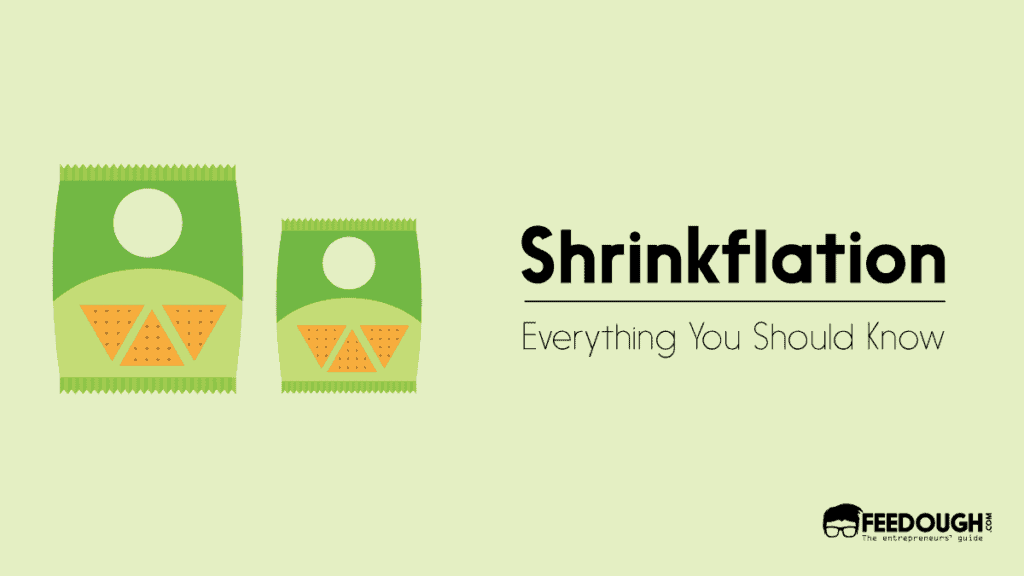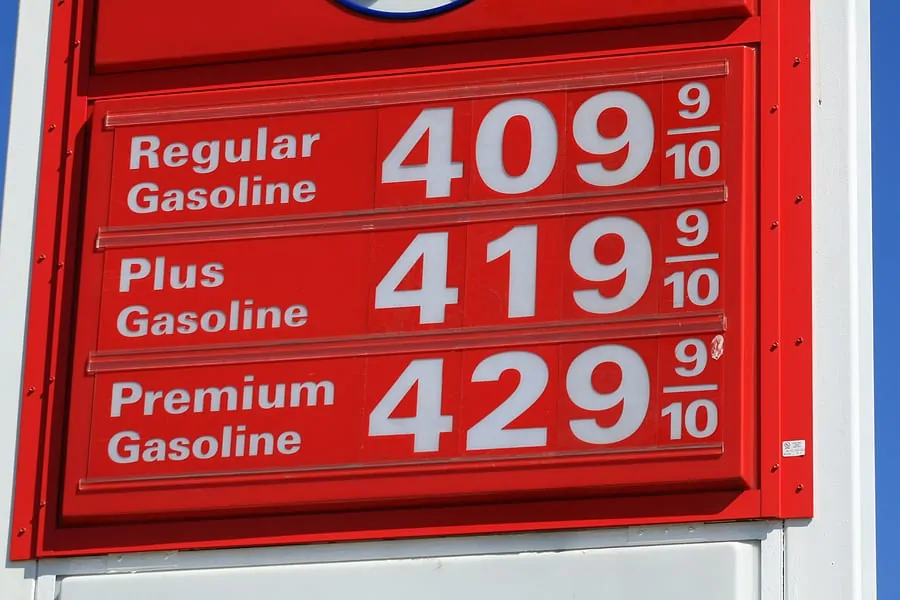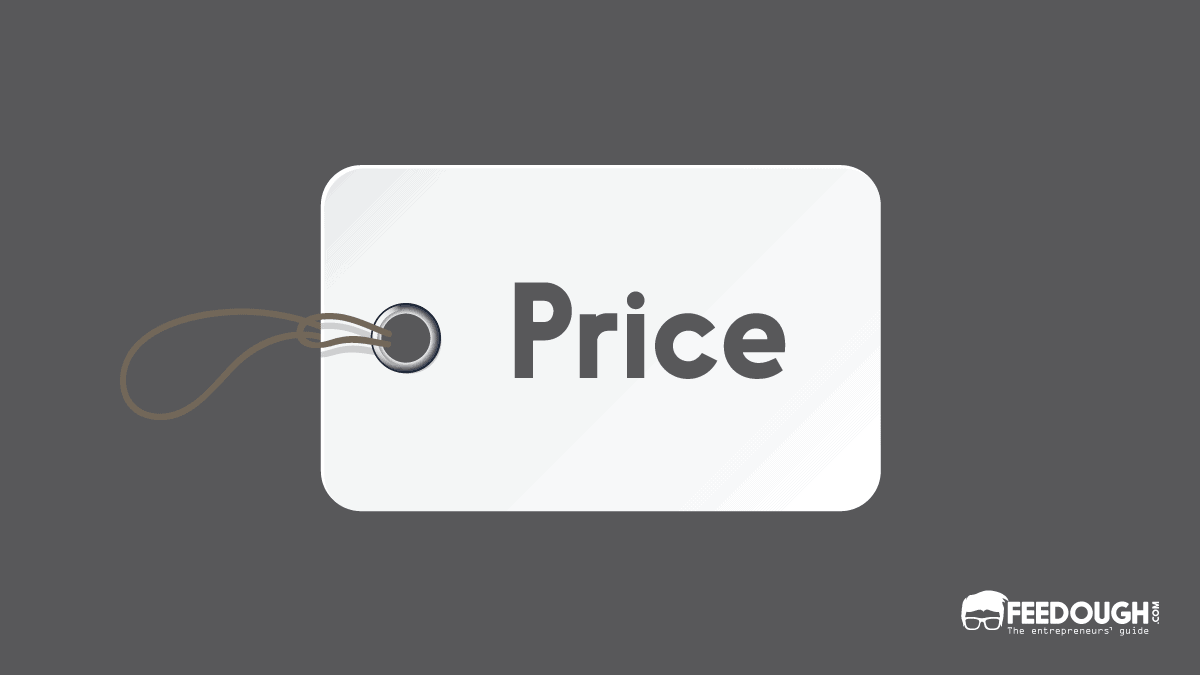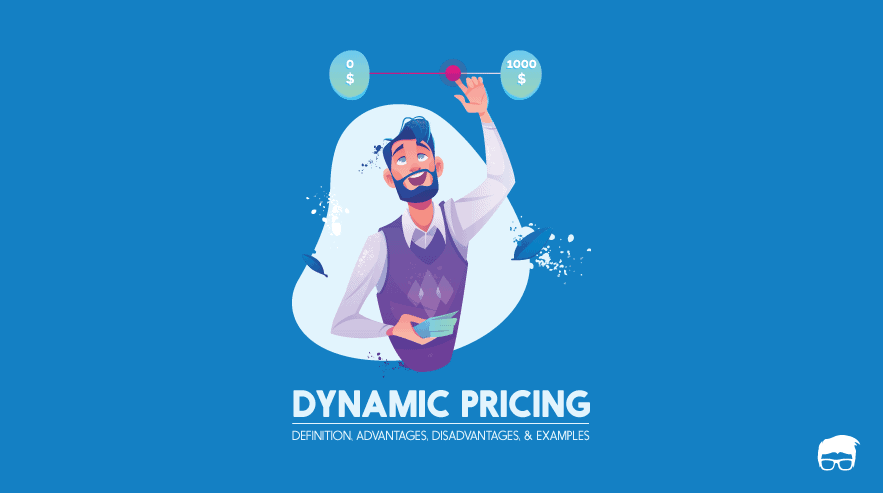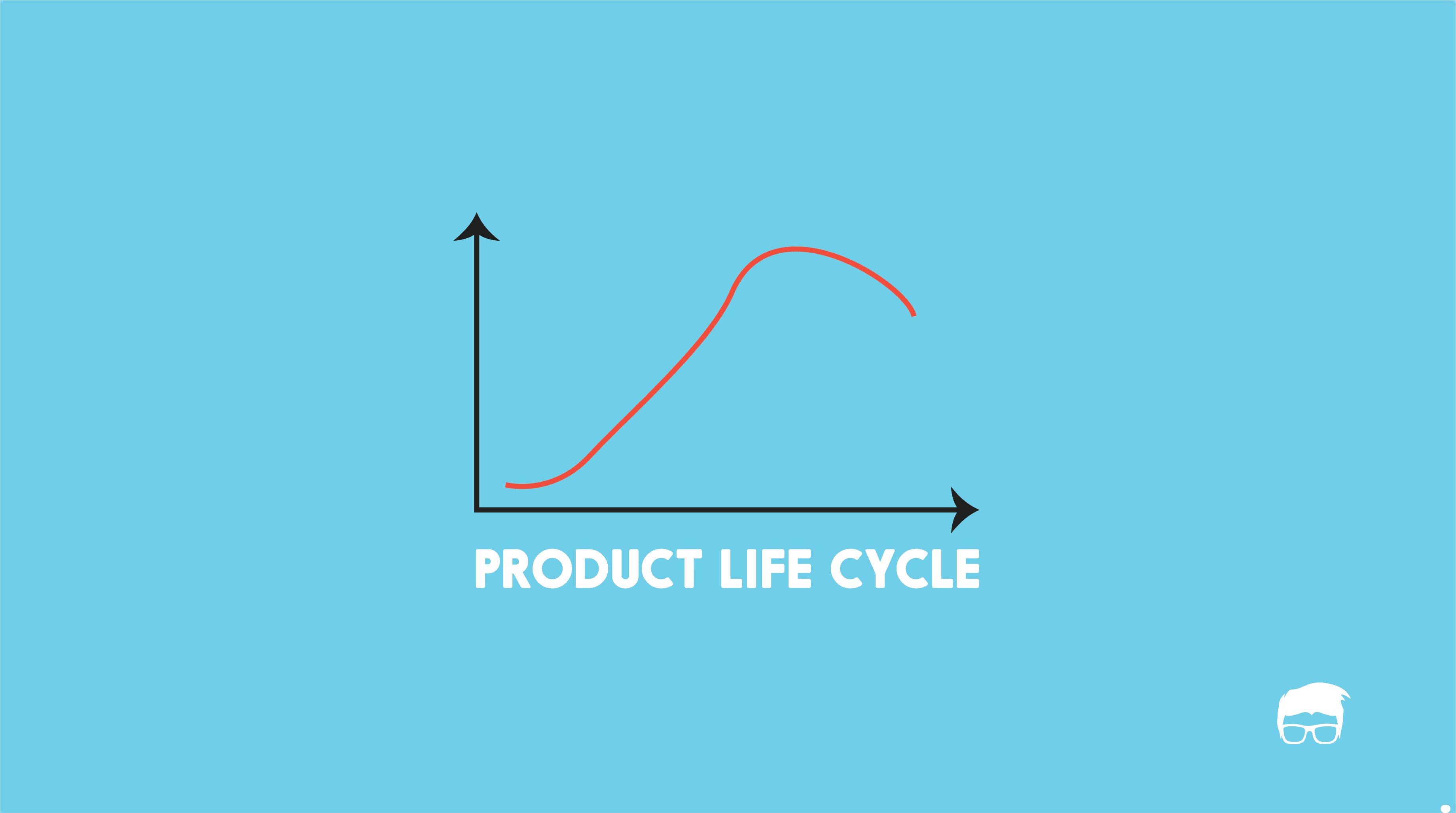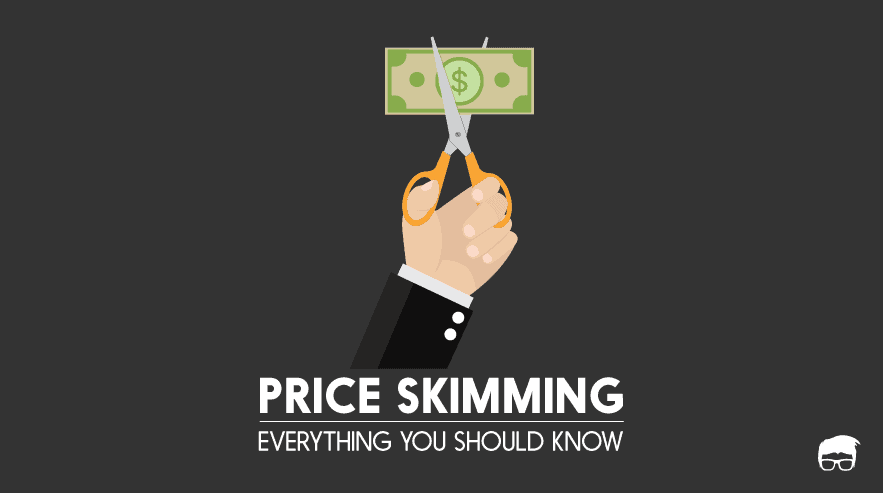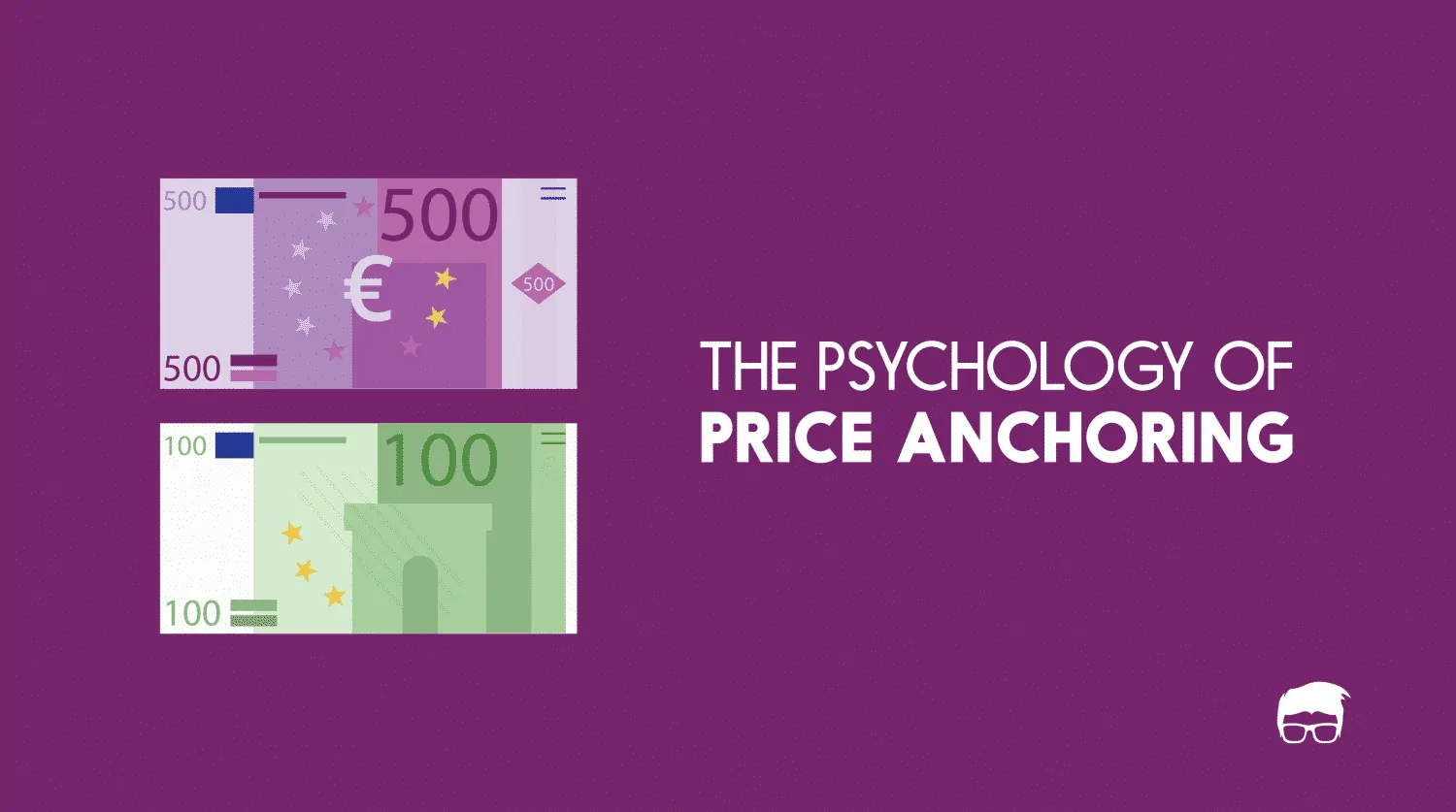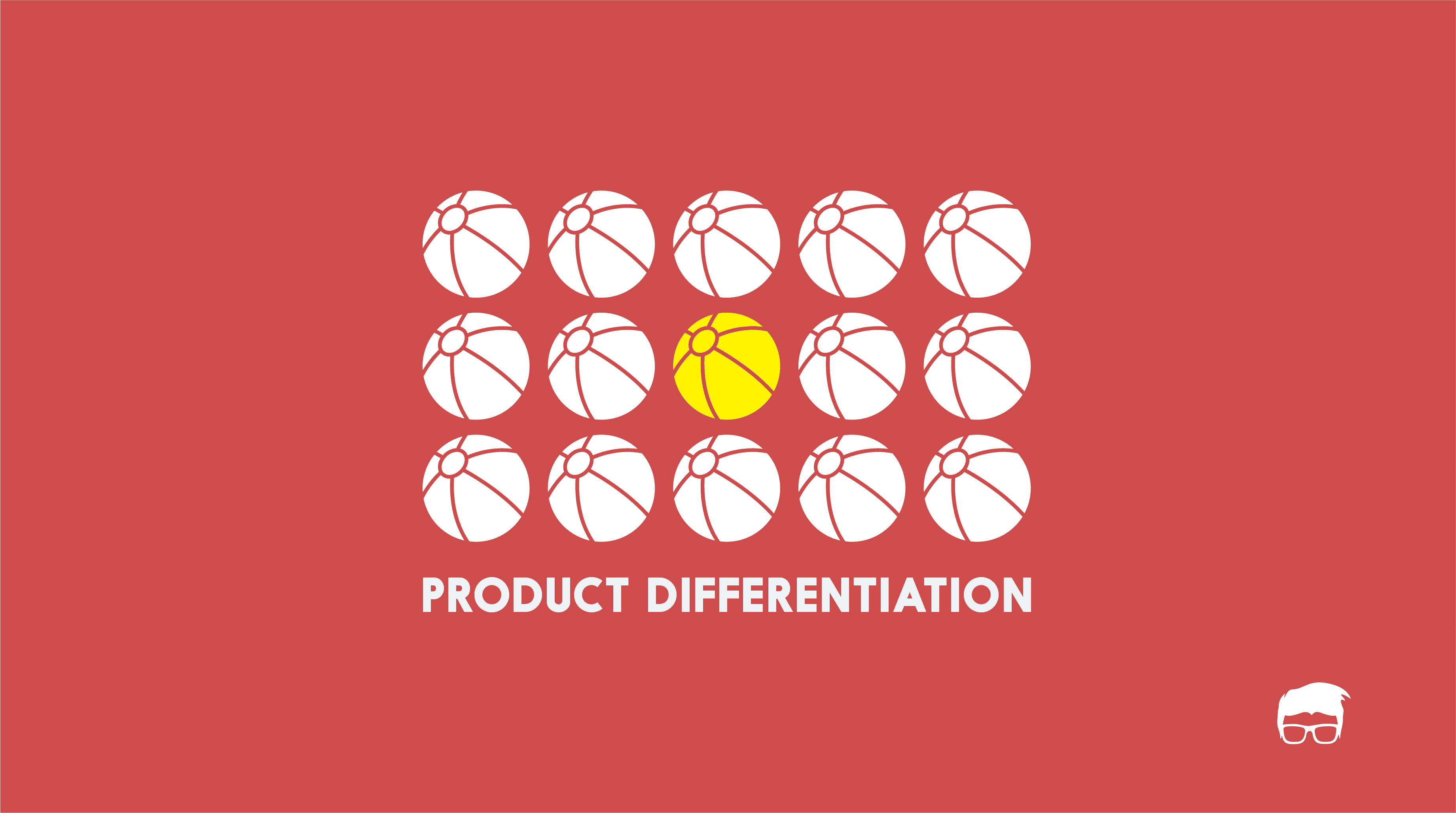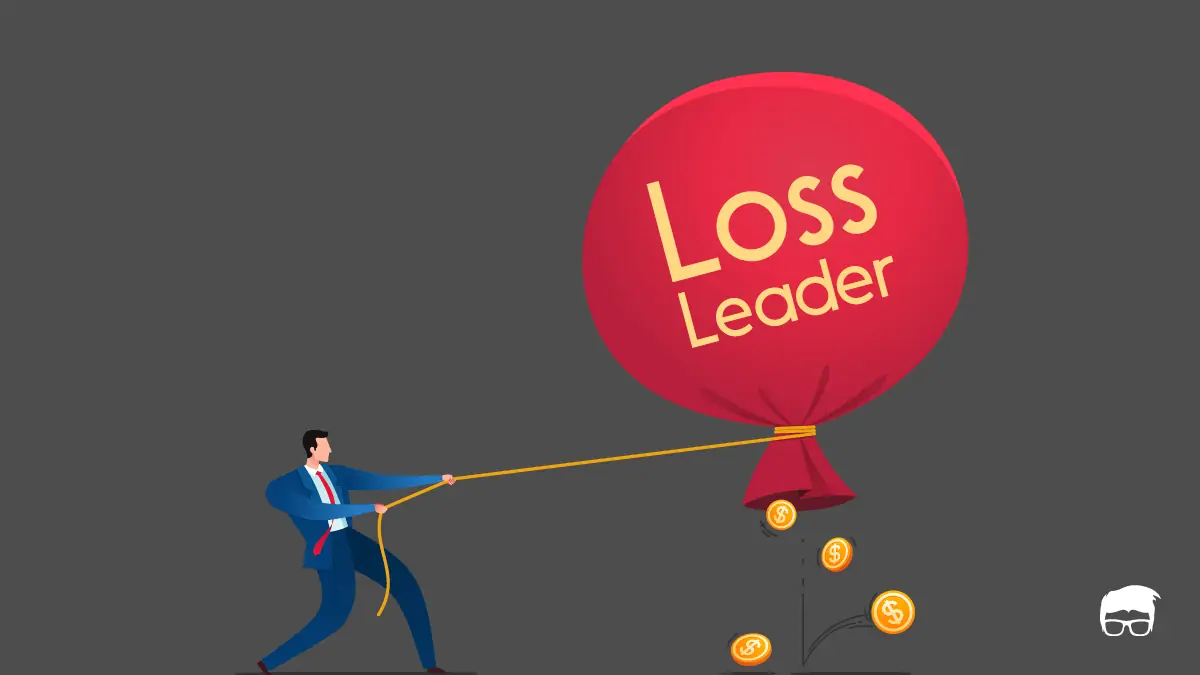With the increasing prices for ingredients and manufacturing, grocery brands get two choices to maintain their level of profits –
- Increase the price of the product.
- Reduce the size of the product.
The latter is what shrinkflation is. It’s a widespread marketing strategy companies use to avoid raising prices that may scare off customers.
What Is Shrinkflation?
Shrinkflation, also known as package downsizing, is the practice of reducing the size or quantity of a product and even reformulating while maintaining the price or increasing it very slightly.
It’s often used as a way to avoid raising prices and losing customers, as it can be seen as less drastic than a price increase.
Coined by the British economist, Pippa Malmgren, this phenomenon has become more prevalent in recent years as the cost of ingredients and manufacturing has increased.
Take Nestle’s KitKat Chunky for example. The chocolate shrank by 16.7 per cent from 48g in 2014 to 40g in 2018, while the price increased by 25% from £1.25 to £1.56.
How Does Shrinkflation Work?
Packages that are shrinking can be the result of companies:
- Reducing size,
- Reducing quantity,
- Reformulating their products, or
- Removing ingredients from a product while maintaining the same price.
In some cases, products may simply be reduced in size without any change to the ingredients or quality. In others, the ingredients may be reduced in quantity. For example, Shreddies shrank 20% for the same price.
Sometimes, the brand changes the entire packaging of the product, as seen with the Pantene example above.
Causes Of Shrinkflation
There are several reasons why shrinkflation happens. Some of the most common causes include:
- Increased Costs: The cost of ingredients and manufacturing makes it more expensive for brands to produce their products.
- Competition: An increased competition in the market can lead to companies needing to maintain or reduce their pricesin order to be maintain their market share.
- Changing demands: Trends and demands for products can change quickly, which may force companies to reformulate their products which, in turn, can lead to size changes.
Effects Of Shrinkflation
Shrinkflation can have a number of different effects on both consumers and companies.
For Consumers:
Shrinkflation gives rise to hidden inflation as the price of a product doesn’t change, but the quantity does. This can make it more difficult for consumers to track what they are missing and may even lead to an emotion of being cheated.
For Companies:
Companies often argue that shrinkflation is necessary to maintain their products’ quality. However, when done without proper communication and explanation to the consumers, it can lead to a loss of trust between the company and the consumer. In some cases, it can also lead customers to buy products from competitors.
Advantages Of Shrinkflation
There are a few advantages that come with shrinkflation.
- More Affordable: In some cases, like the KitKat Chunky example, products may be reduced in size but not in price. This makes them more affordable for customers.
- Maintained profits: Although the size of the product is reduced, companies can still maintain or increase their profit percentage by doing the same.
Disadvantages Of Shrinkflation
There are also a few disadvantages to shrinkflation.
- Unfair practice: When a product is reduced in size without any change to the ingredients or quality, it can be seen as an unfair practice by consumers.
- Loss of trust: When companies do not properly communicate with their consumers about why a product is shrinking, it can lead to a loss of trust between the two groups.
- Competition: In some cases, companies may shrink their products in order to undercut the prices of their competitors. This can lead to a race to the bottom that is not good for either consumers or companies.
Examples Of Shrinkflation
There are many examples of shrinkflation around the world. Here are a few:
Dove Soap
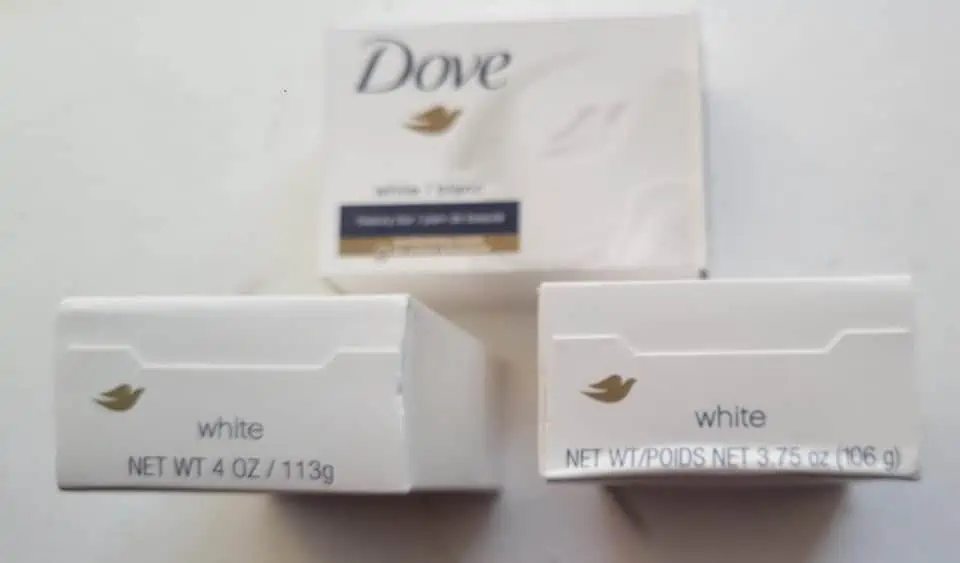
Dove soap is a good example of shrinkflation. The soap bars have decreased in size from 113 grams to 106 grams, but the price has stayed the same. This means that the price per gram has increased.
Sugar Packages
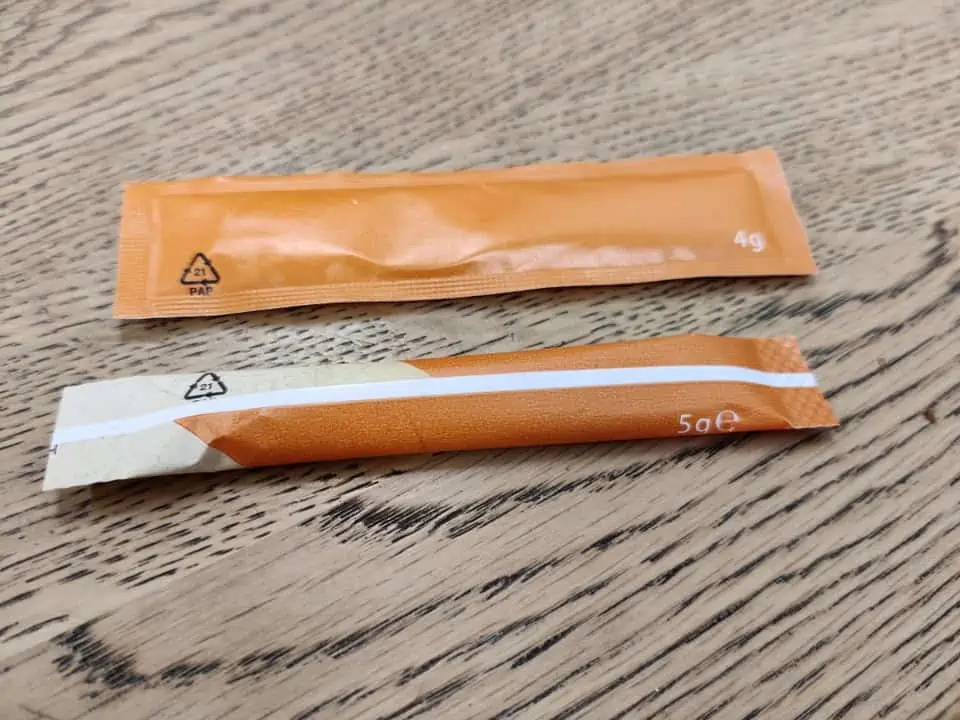
Here’s an example of a sugar package with 1g less sugar but packaging that makes it look wider.
Toblerone Chocolate
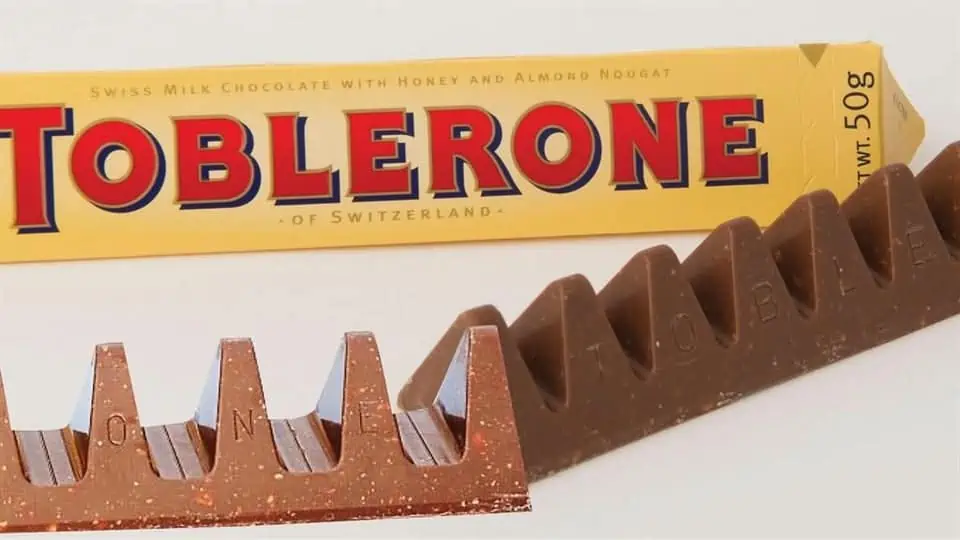
In 2014 Toblerone reduced the weight of its chocolate bars by 25% by adding more space between each piece
The company had to reverse the decision two years later after the customers complained.
Domino’s
Domino’s reduced the number of wings in its $7.99 deal from 10 to 8 to cope with the increasing ingredient and marketing costs.
Go On, Tell Us What You Think!
Did we miss something? Come on! Tell us what you think about our article on what is shrinkflation in the comments section.
A startup consultant, digital marketer, traveller, and philomath. Aashish has worked with over 20 startups and successfully helped them ideate, raise money, and succeed. When not working, he can be found hiking, camping, and stargazing.
